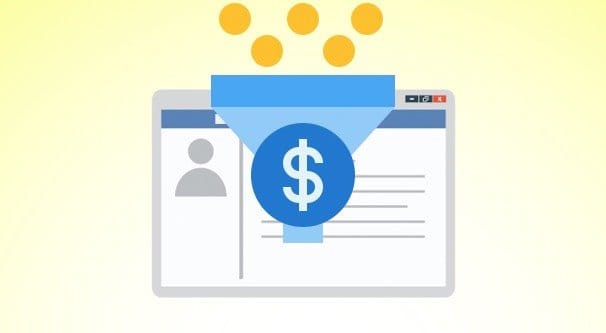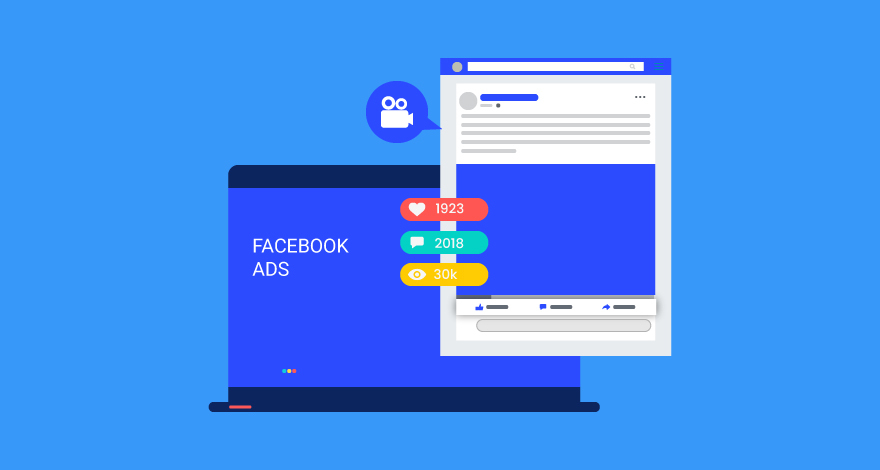
When designing packaging for a product, one of the most important aspects of the design is the content. The package copy is the first piece written content on a product packaging package. Safety information and symbols are also important elements of packaging content. An informative front panel is another important aspect of packaging design. These tips will help your packaging content stand out in the crowd.
Package copy is the first piece on a product's packaging.
Effective package copy is essential for any company. This is the first piece that a potential customer will read. Package copy, unlike websites, brochures, or magazine articles, has only three seconds to capture attention and grasp the reader. This is why hiring a professional copywriter is essential.

Packaging copy should clearly communicate the benefits of the product. It should not be too long, difficult to read, or too short. Highlight the benefits of the product by using bolded text and italics. You can also make use of numbered lists to convey important information in a concise manner. To make your copy more attractive, you could also use brand-specific symbols or logos.
Symbols used for package labeling
Packaging labeling helps consumers find out what their products contain by using symbols. These symbols are used for a variety products, including cosmetics and food. Multiple symbols may be used for different products depending on their use or ingredients. An example: "E" is an average-fill product. "L" is a liquid.
Some of these symbols can be used to warn of potential hazards. Under the Globally Harmonised System of Classification and Labelling of Chemicals (GHSCL), certain types of chemicals must have pictograms on their package labeling. These symbols are usually in the form or rhombuses within an red border. These symbols alert consumers to potential hazards to their health and environment, and also warn them of the dangers of toxicity. These symbols warn of the potential for adverse effects on aquatic ecosystems.
Designing a descriptive frontpanel
The front panel is designed to grab the consumer's attention. The front panel should not be filled with unnecessary copy as it will distract from the main points. Secondary points should also be included on a support panel. Lists are much more effective than paragraphs.

The headline on the front panel must be catchy and grab attention. Because of the limited space, you need to make sure that your copy is as clear and accurate as possible. Your copy must be able to make the consumer feel that your product is valuable immediately.
FAQ
Advertising: What does it mean?
Advertising is an art. It's not just about selling products. It's about creating emotional connections between people and brands.
Advertising is about sharing stories and using images for ideas.
You must communicate clearly and persuasively. It is important to share a story that appeals to your target audience.
This makes advertising different from other forms of communication, such as public speaking, writing, or presentations.
Because when you create a successful ad campaign, you are creating a brand identity for yourself.
This is how to be remembered. You will be remembered by others.
How much does advertising on social media cost?
It is important to know that advertising on social media platforms is not free if you decide to do this route. You'll be charged monthly according to how long you spend on each platform.
Facebook: $0.10 per 1,000 impressions
Twitter - $0.20/1000 impressions (if applicable)
Linkedin - $0.30 for 1,000 impressions if your send out invitations
Instagram - $0.50 Per 1,000 Impressions
Snapchat - $0.60 Per 1,000 Impressions ($0.40 per User)
YouTube - $0.25 per 1,000 views
Tumblr – $0.15 per 1000 impressions for text postings
Pinterest - $0.05 per 1,000 impressions per month
Google + $0.15-$0.20 Per 1 Million Impressions
Tumblr - $0.15- $0.20 per 100,000 impressions
Vimeo - $0.20- $0.25 per 10,000 impressions
Soundcloud - $0.20 - $0.0.25 for 1,000,000 plays
StumbleUpon - $0.20 -$0.25 per 1 billion pageviews
Digg - $0.20 to $0.25 per 1000 diggs
Reddit – $0.20-$0.25 Per 1000 Comments
Wordpress $0.20-$0.25 per 500 Comments
Flickr - $0.20 -- $0.25 per 5,000 photo uploads
What is an advertising campaign?
An advertising campaign is a series of advertisements designed to promote a product or service. It could also refer the entire production of such advertisements.
The Latin word "to sell" gave rise to the term "ad". Marcus Terentius Varro (116–27 BC), was the first to make it a verb, meaning "to make sale".
Advertising campaigns are typically done by large agencies and companies. They may involve many different media types, including print, television, radio, internet, etc.
Advertising campaigns usually last several months, and they have specific goals. Campaigns can be targeted at increasing awareness or sales, for example.
Social media is a great way to advertise your business.
Social Media Marketing, or SMM, allows you access customers directly on social networks, such as Facebook, Twitter LinkedIn YouTube YouTube Google+. You can also target specific audiences within these networks by using keywords.
This advertising strategy is cost-effective as it costs less than traditional methods to market online. You can also build strong relationships and trust with your clients, both current and prospective.
It is simple to get started using social media for your business promotion. All you need is a computer or smartphone and access to the Internet.
Radio advertising: What are your options?
It is important to understand the interdependence of different media types. All media forms can be considered complementary, rather than competing.
Radio is best utilized as an extension to TV advertising. It complements TV by reinforcing key messages and providing additional information.
Radio listeners are often not able to handle long TV commercials. Radio ads are often shorter and cheaper.
What is the best way to learn about television advertising?
Television advertising is a powerful medium to reach many people at one time. It was also extremely expensive. However, if you use it well, it can be incredibly powerful.
Although there are many types of TV ads available, they all share certain characteristics. When planning any TV ad, the first thing you should do is ensure that it fits within its category. If you're running a product commercial, don't try to run a lifestyle commercial as a product commercial. Your message should stay consistent throughout the campaign.
Second, prime-time hours are the best times to air your ads. This is because most viewers watch TV while relaxing in front of the set. You want them to be comfortable enough to listen to your words.
Finally, just because you've a lot of money doesn't mean you'll get great results. However, this may not be true. A study conducted by the University of California found that commercials aired during popular shows were less likely to sell products than those aired during unpopular shows. So, if you spend a lot of money on TV advertising, ensure you do it right.
What do you need information about print advertising
Print advertising is a great medium to communicate with customers. It is used by many companies for promoting products and services. Its main purpose is to grab the attention of consumers.
Print ads are typically one page long and include text, images, logos and other graphics. These ads may include sound, animation and video as well as hyperlinks.
Here are the main types and classifications of print advertising:
1. Brochures - Large format printed brochures are used to draw people in to stores. They often have colorful pictures and eye-catching designs.
2. Catalogues- These are smaller versions and variants of brochures. They are typically sent to customers who have requested information on specific items.
3. Flyers – These are tiny pieces of paper distributed at events like concerts or fairs. They are generally free but must be paid for if they are handed out at retail outlets.
4. Posters – These are larger versions for flyers. These flyers can be displayed on buildings, fences and walls. They are usually made using computer software programs, which is designed to draw the eye of passersby.
5. Direct mail: These are postcards or letters that are sent directly by post to potential customers. These are sent to customers periodically by businesses to remind them about their business.
6. Newspaper Ads are placed in newspapers and magazines. They are usually quite long and contain both text and images.
Statistics
- Worldwide spending on advertising in 2015 amounted to an estimated US$529.43 billion. (en.wikipedia.org)
- Advertising spending as a share of GDP was about 2.9 percent. (en.wikipedia.org)
- It collects money from the advertisers, keeps 32% for its role in facilitating the process, and the remaining 68% goes to the publisher (you). (quicksprout.com)
- Advertising's projected distribution for 2017 was 40.4% on TV, 33.3% on digital, 9% on newspapers, 6.9% on magazines, 5.8% outdoor, and 4.3% on radio. (en.wikipedia.org)
External Links
How To
How can I advertise on Google
AdWords, Google's advertising platform, allows businesses to buy ads based upon keywords they wish to target. First, you need to set up an account. Select a campaign name and set the budget. Choose the ad type (text or image), and add keywords. You then place your bids on these keywords. Clicking on an ad will pay you only if it is clicked by someone who searched using one of your targeted keywords. This allows you to get paid even if people don’t buy anything.
Google has many tools to help you ensure your ads work. These tools include Ads Preferences Manager Manager and Keyword Planner. These enable you to determine what is most effective for your business.
The keyword planner will help you decide which keywords you should use in your campaigns. You can also see how competitive certain keywords are, which will help you decide whether to spend money bidding for them.
Ads Preferences Manager is available to alter settings such as maximum number of impressions per calendar day and minimum cost per click.
Analytics allows to track your ads' performance and compare it with other campaigns. You can also view reports showing how well your ads performed compared to others.